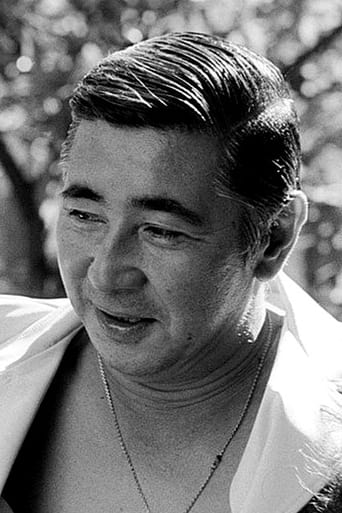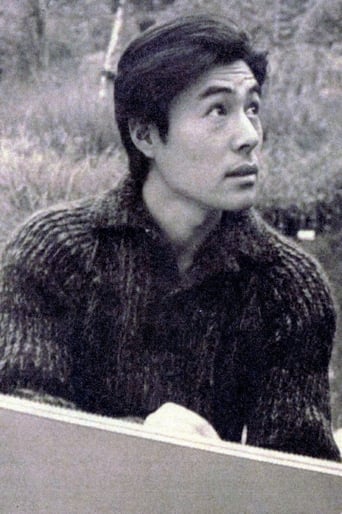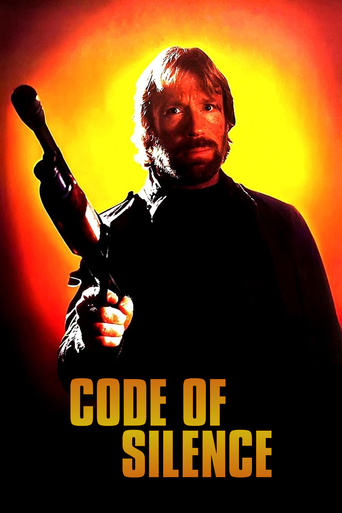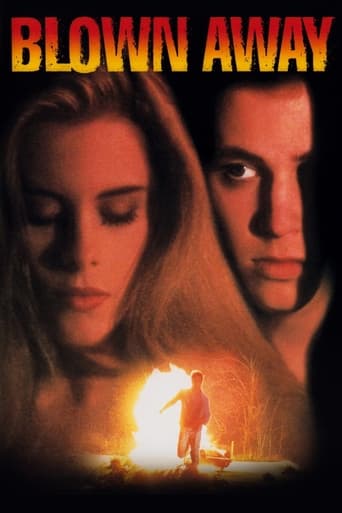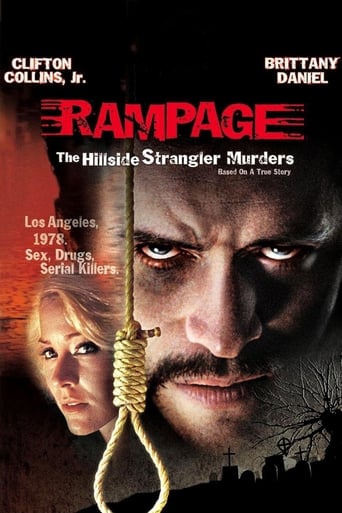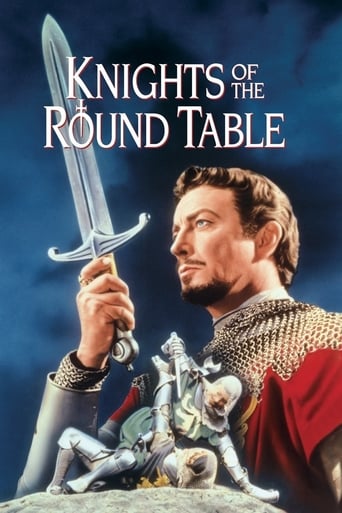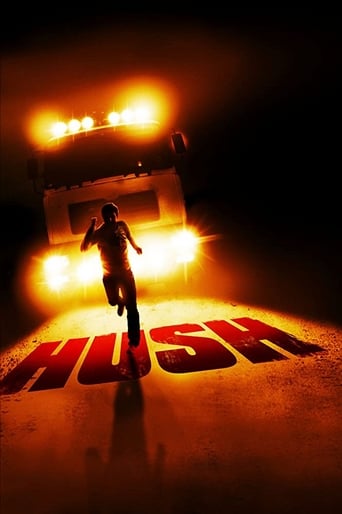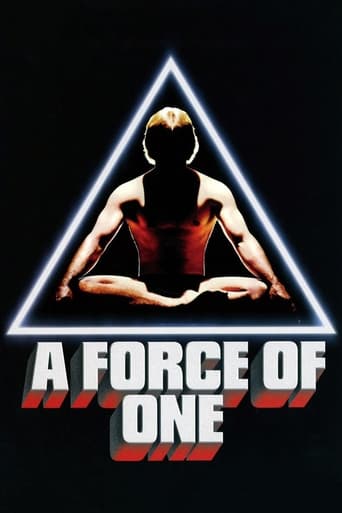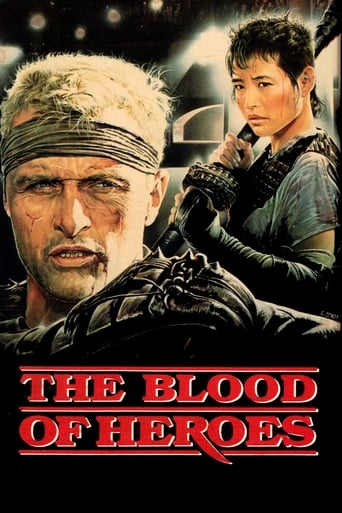
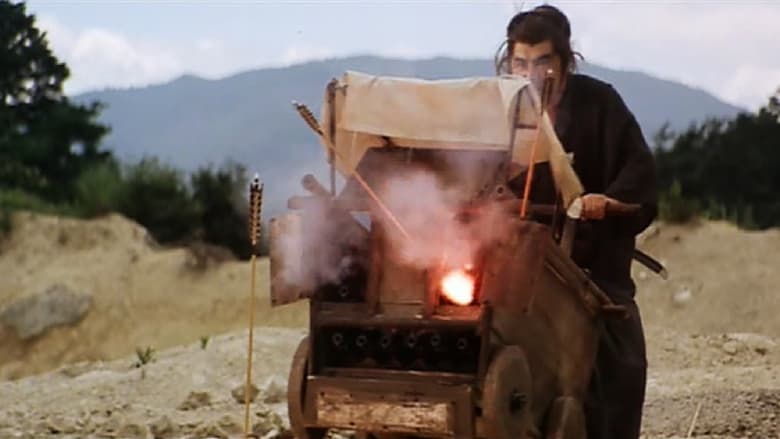
Lone Wolf and Cub: Baby Cart to Hades (1974)
In the third film of the Lone Wolf and Cub series, Ogami Itto volunteers to be tortured by Yakuza to save a prostitute and is hired by their leader to kill an evil chamberlain.
Watch Trailer
Cast


Similar titles
Reviews
The third entry in the Lone Wolf and Baby Cart series moves at a more deliberate pace and has less action and graphic bloodshed than the two previous films, but still stands out as an important movie thanks to the fascinating insights it provides concerning the strongly held and unwavering samurai code of fearsome samurai warrior protagonist Ogami Itto (a typically fine and towering performance by Tomisaburo Wakayama). Ogami's discussions with fellow erstwhile samurai turned mercenary Magomura Kanbei (ably played with quiet strength and dignity by Go Kato) about their deeply felt samurai code of ethics and willingness to be subjected to extreme torture in order to save the life of lowly dejected prostitute Omatso (a touching turn by Sayoko Kato) reveal that Ogami is substantially more than just a formidable killing machine: He's also a man of great honor and humanity. Moreover, this film still delivers an exciting action set piece at the end with Ogami taking on and taking out a slew of men. In addition, the final confrontation between Ogami and Magomura packs a potent emotional (and visceral) punch. A very solid and satisfying film.
It float, it provide you with fresh blades, it shot like a machine gun, the list goes on and on (or does it?).This is not a story about a formidable warrior and a master of the suiō-ryū swordsmanship but rather a brilliant marketing campaign for a Japanese baby cart full of dangerous features!
A wandering ronin and his young son continue their journey through feudal Japan, taking contracts when afforded the opportunity and facing assassination with each step. This chapter seems dedicated to clarifying our disgraced samurai's complicated code of honor. Though he'll gladly slice through an almost unlimited number of strangers in battle, Ittō's vision isn't clouded by a perennial bloodlust. We see restraint in several dangerous situations, respect for principled opponents, loyalty to his word and, in the film's most memorable scene, a willingness to take vicious punishment in lieu of the innocently accused. The story feels more episodic than ever, with various scenes playing out like a classic movie serial and an unresolved conflict lingering at the credits. Given the rate at which they were churning these things out in the early '70s, maybe there's something to that. The action is reliably good, still fresh and creative after three feature-lengths, though the gigantic slaughter instigated at the climax (ambushed, Ittō single-handedly takes out fifty men and a trio of mounted officers) does stretch things a bit. Wise, then, that the film went back to basics almost immediately after, closing the action with an eerily quiet, respectful duel amidst the dust of that epic battlefield.
As far as I am concerned, the entire "Kozure Ôkami" ("Lone Wolf And Cub")cycle starring Tomisaburo Wakayama is as magnificent as cinema can get, and it is films like these that make me a cinema lover. The third entry to cycle, "Kozure Ôkami: Shinikazeni mukau ubaguruma" aka. "Lone Wolf And Cub: Baby Cart To Hades" is not my favorite of the Ôkami films, more precisely it is probably my least of the six, and yet it is an utterly ingenious film, that I couldn't possibly bear to give it a rating lower than a well-deserved 10 out of 10. Apart from the stunning violent bloodshed, fascinating philosophy, beautiful photography and countless other ingenious qualities, the arguably most brilliant aspect of the "Ôkami" films is the portrayal of the father-son relationship between Ôgami Itto and his son Daigoro, and its depiction once again deepens in this film.Ôgami Itto (Tomisaburo Wakayama) is still following the 'path to hell' with his only son Daigoro (Akihiro Tomikawa) in order to avenge his wife's death and clear his name. On their way through 17th century Japan, the father and son are once again confronted with a vast number of enemies (above all the Yagyu-clan), and the 'Lone Wolf with child' is once again hired as an assassin (as always for 500 Ryu). Ôgami Itto, my personal favorite (anti-)hero character EVER in cinema, is, as always, completely fearless and almost invincible. Not only is he fearless in battle, and following a strict moral code when walking his way of vengeance, however. In this third entry to the cycle, he is also more selfless than in the other parts. He voluntarily submits to torture, for example, in order to help out a prostitute to be... His son Daigoro, who is of equal importance to the series, and an equally great character grows a bit with every one of the movies, and occasionally actively engages in battle. The baby cart, in which Daigoro sits most of the time, has even more secret weapons and gadgets than in the foregoing films.As I stated above, this is not my favorite film in the cycle. There are several historical inaccuracies (there is a warrior who has two six-shooters, which are 200 years too early since the film is set in the 1600s), but these inaccuracies cannot really bother, since the other parts are not exactly 'realistic' either. Tomisaburo Wakayama is once again outstanding in his role and so is Akihiro Tomikawa in the role of Daigoro, positively the coolest child-role in motion picture history. The stylish swordplay and battle sequences are once again excessively bloody, and while the first two parts were equally violent in their depiction of blood-soaked carnage, the death toll rises to enormous numbers from the third part forth. The film is once again excellently photographed on beautiful and fascinating locations, the camera-work is simply fantastic and the score is as cool as in all parts. The entire "Kozure Okami"-cycle ranges high among my all-time favorites, and even though this third part is my least favorite entry to this brilliant cycle, it is an absolute must-see! Not to be missed!


